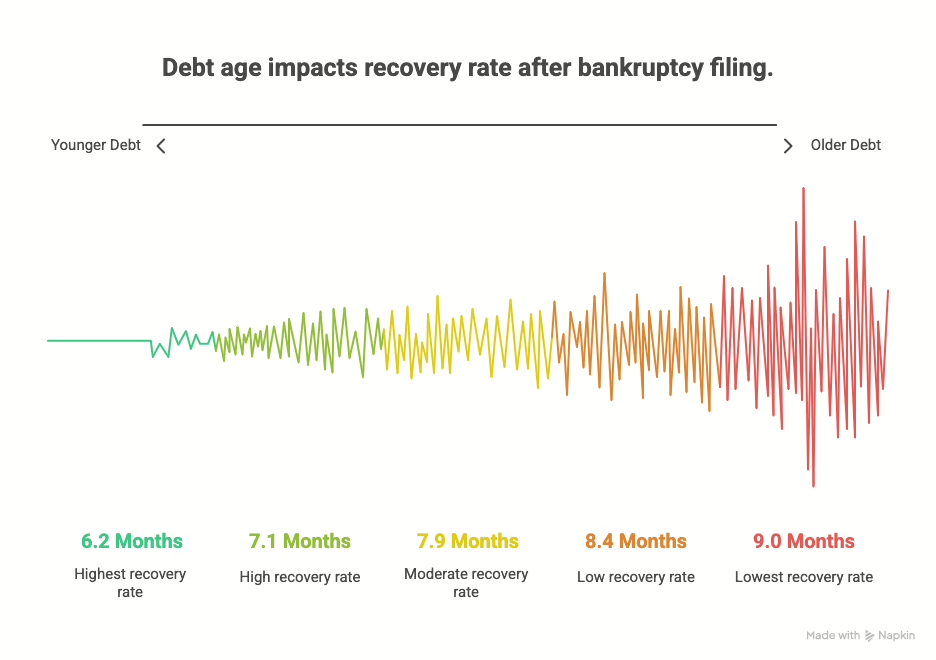This simple calculation gives you a powerful tracking tool that helps you adjust your cash in-flow on an as-needed basis:
Step 1: Calculate your average collection period by dividing your total sales for the previous year by 365. This gives you your average daily sales volume. (Total Sales / 365 Days = Average Daily Sales Volume)
Step 2: Then divide your average daily sales volume into your current accounts receivable balance to get the number of days it takes to collect a bill. (Average Accounts Receivable Collection Period = Average Daily Sales Volume / Current Accounts Receivable Balance)
Now that you know your average accounts receivable collection period, you then need to interpret that number as it relates to your commercial business. Is your collection period in line with the company’s credit policy? does your credit terms provide your customers with 30 days to pay their bills as related to your products and services? Are you tracking overdue accounts and taking consistent action to collect past due accounts? Do you have an effective tool in place to track when an account comes due, and knowing who has paid their bills and who has not? When a customer’s invoice goes past its due date, is there a procedure in place to place that accounts for collection By answering these basic questions, implementing a procedures that Burt and Associates can provide to help you get your money on time every time.
Commercial Collection Topics
- Export Credit Insurance Defines what export credit insurance is and the benefits to the policy holder....
- Cash Flow Optimizer – Past Due Accounts How managing past due accounts can generate cash flow....
- 6 Ways to Handle a Debtor Who Suddenly has Problems When creditors extend credit, many things can happen. What do you do if your best customer tells you “I’m Drowning...
- Bankruptcies: Chapter 7 When a commercial debt account files for bankruptcy, an issue to look at is whether the filing will place the...













